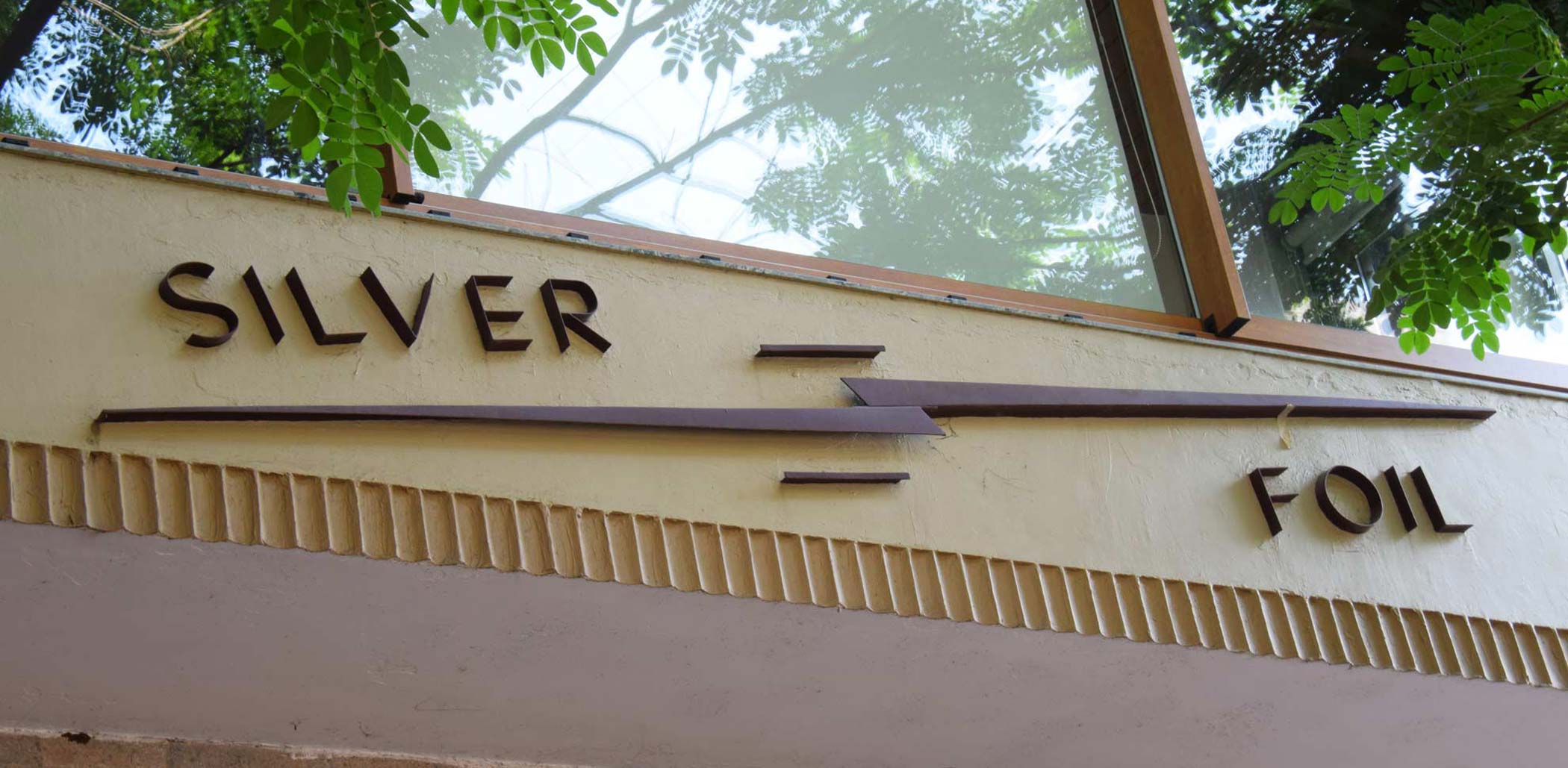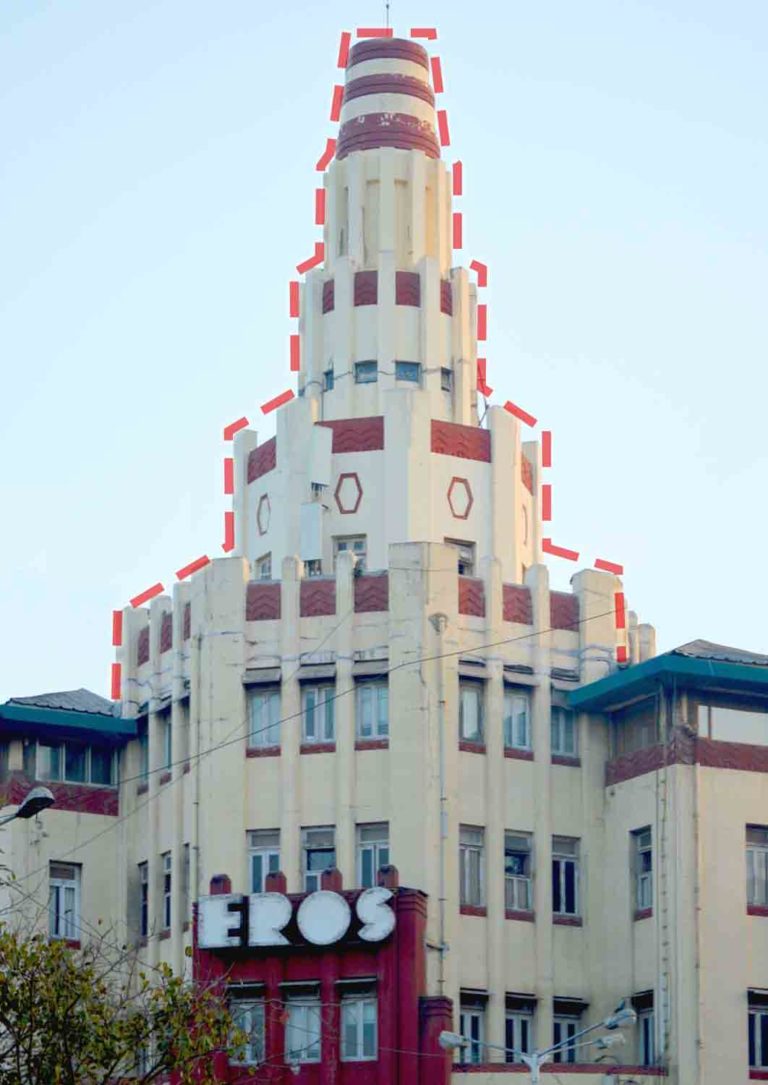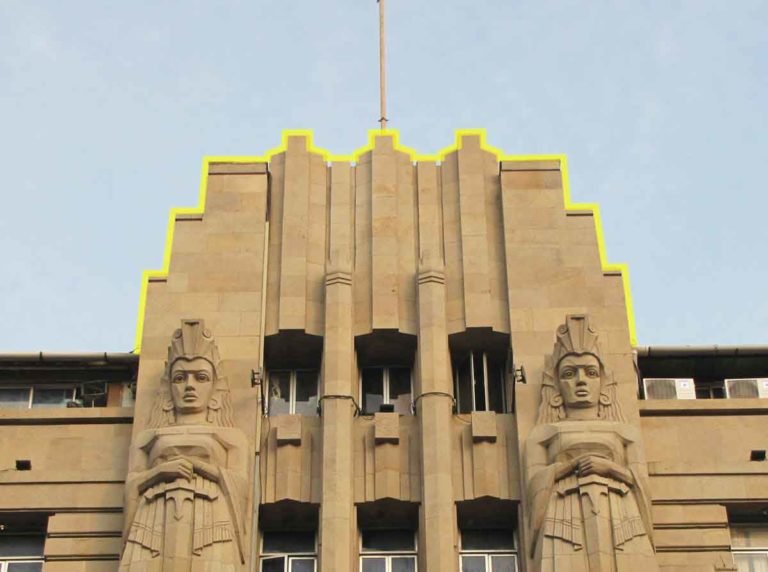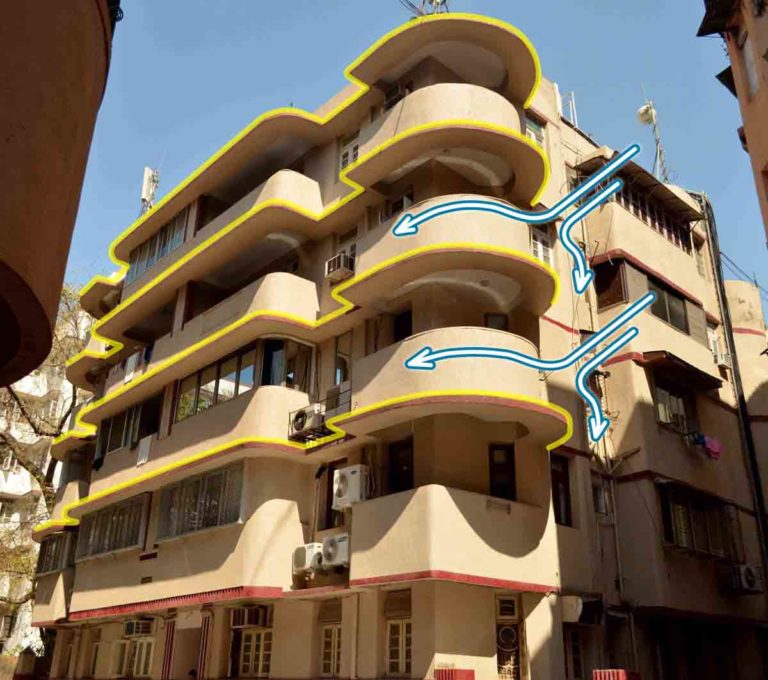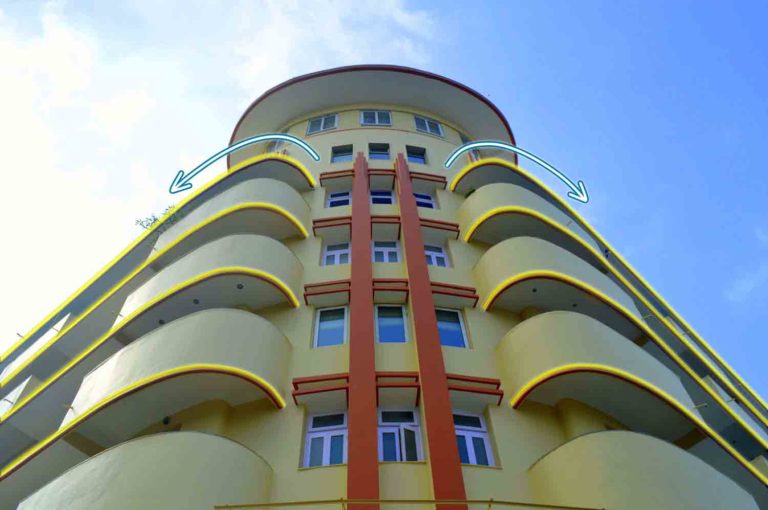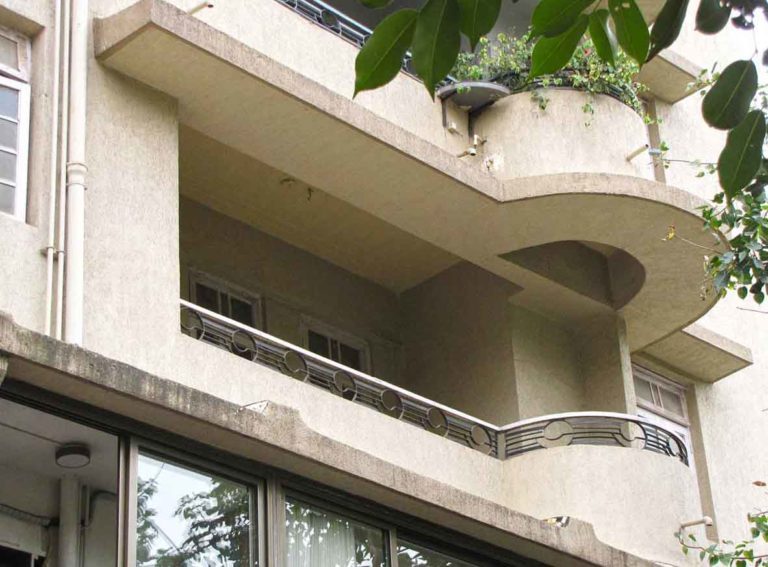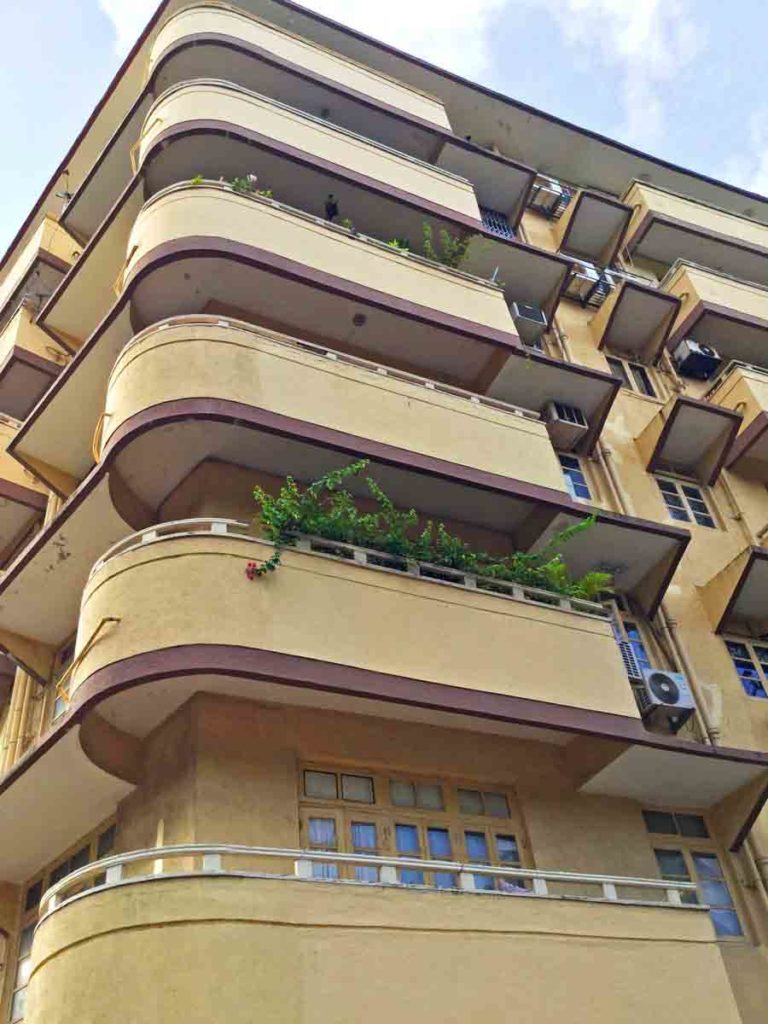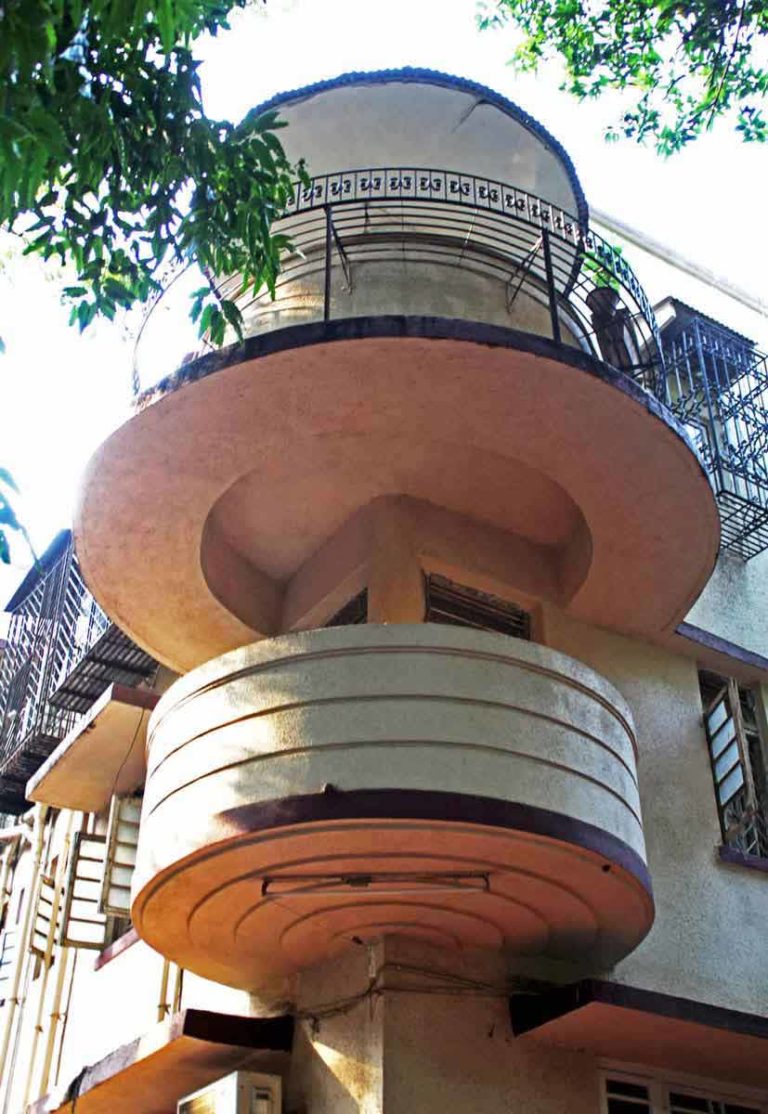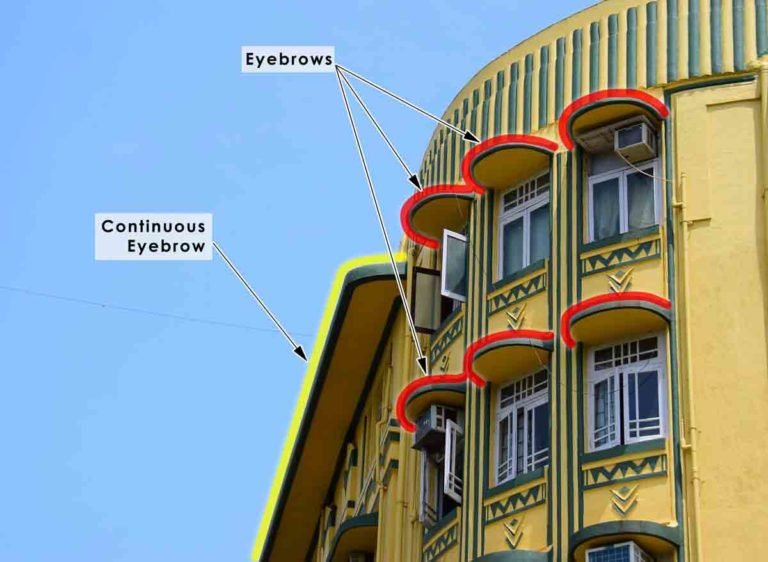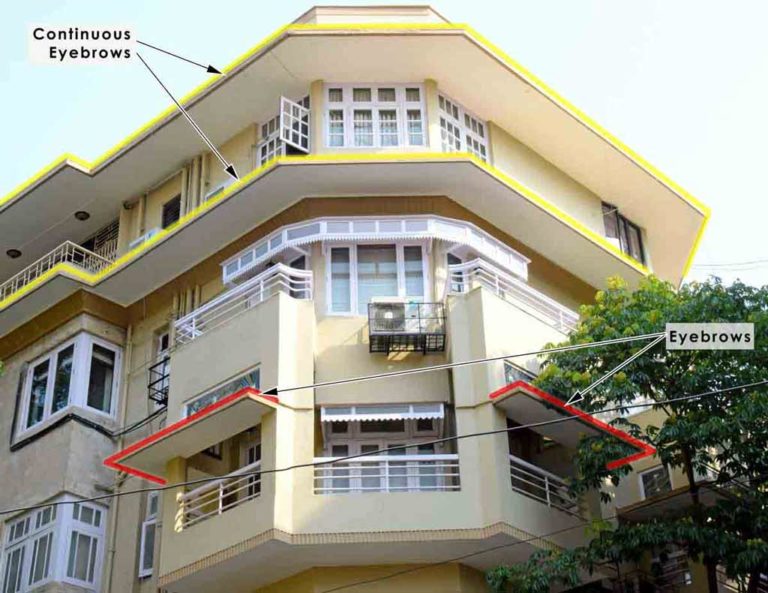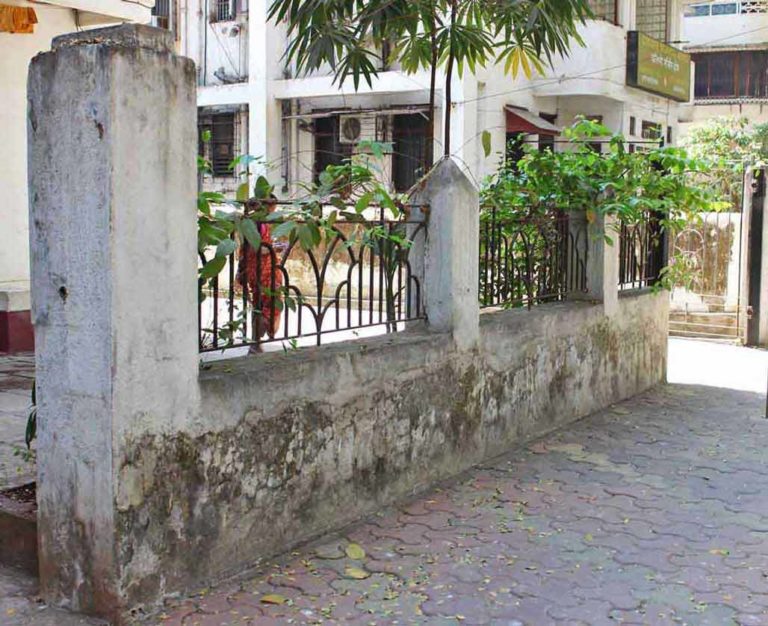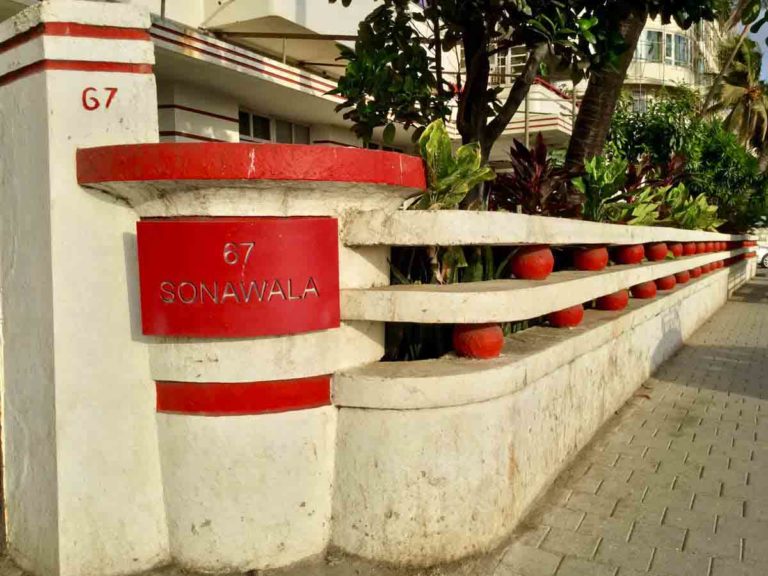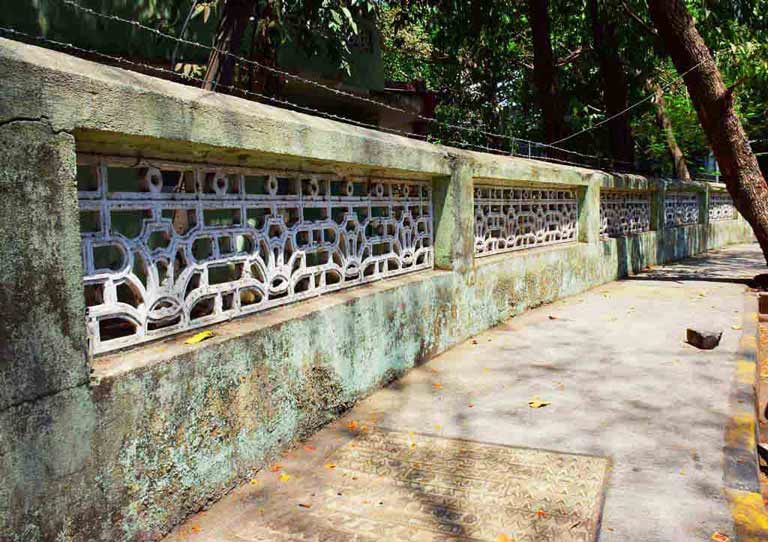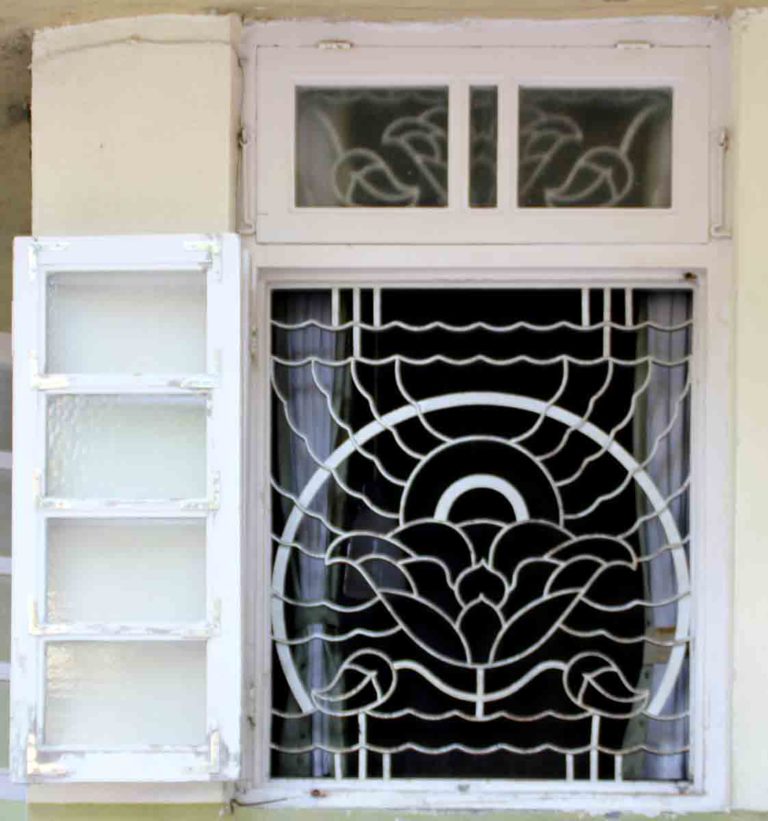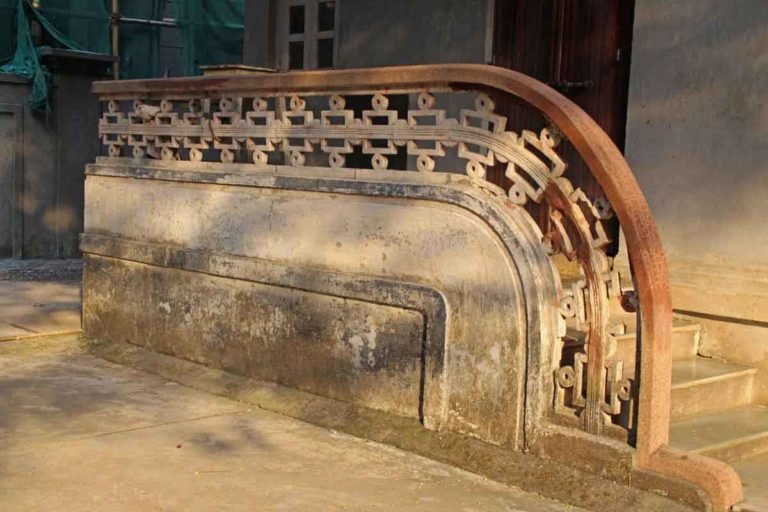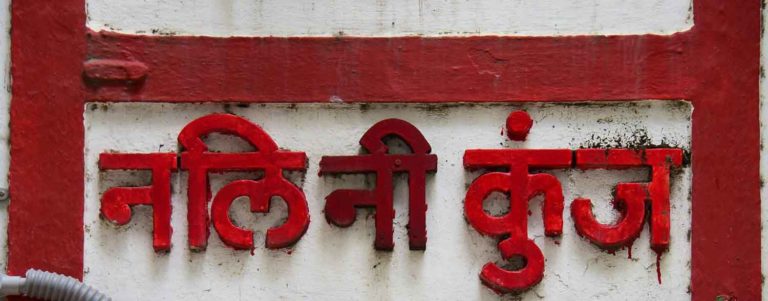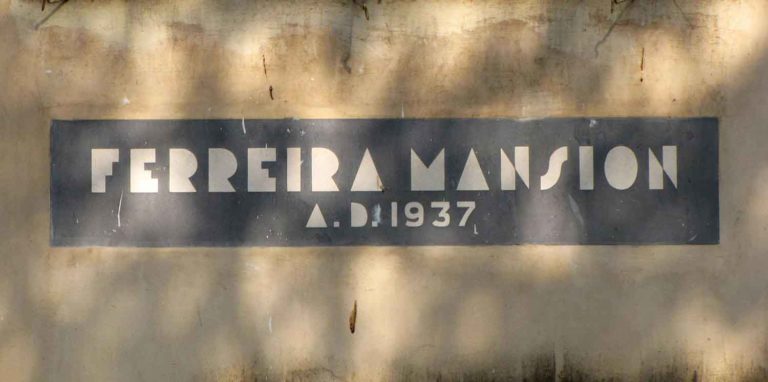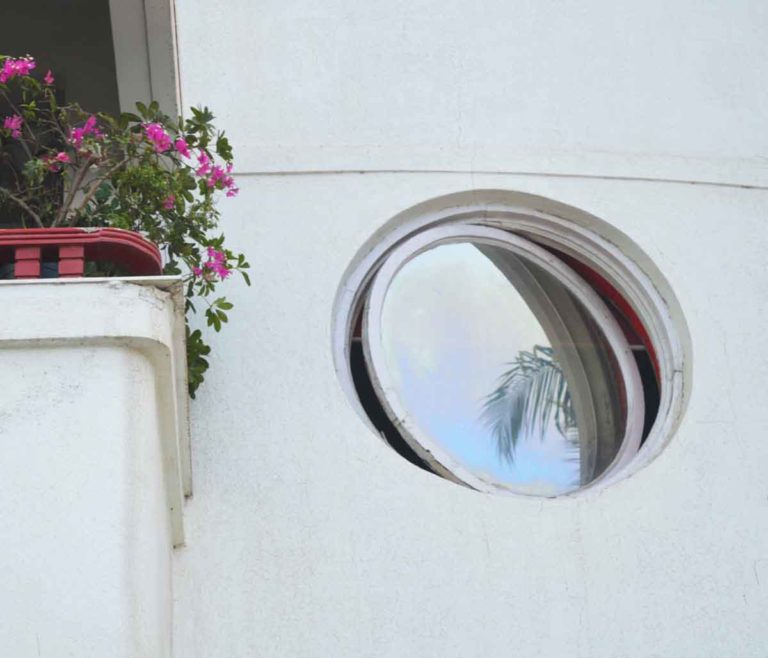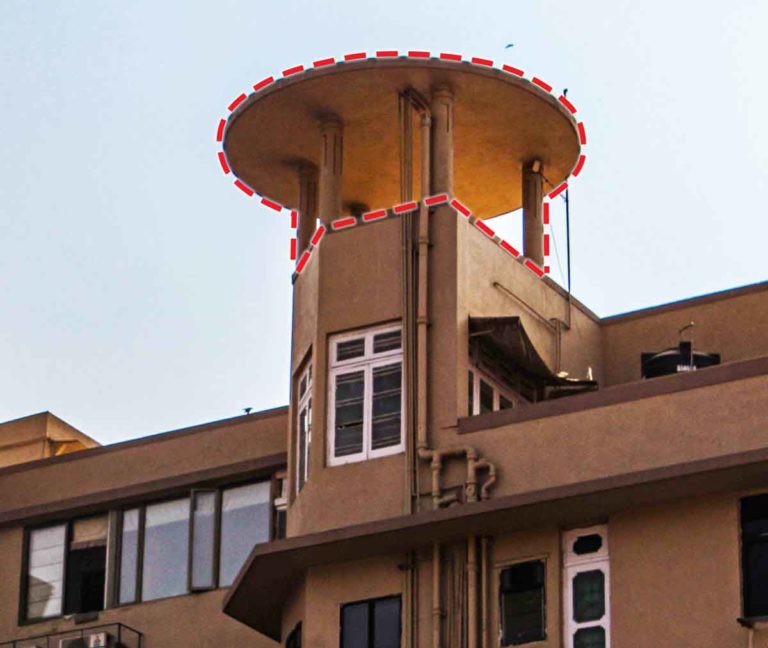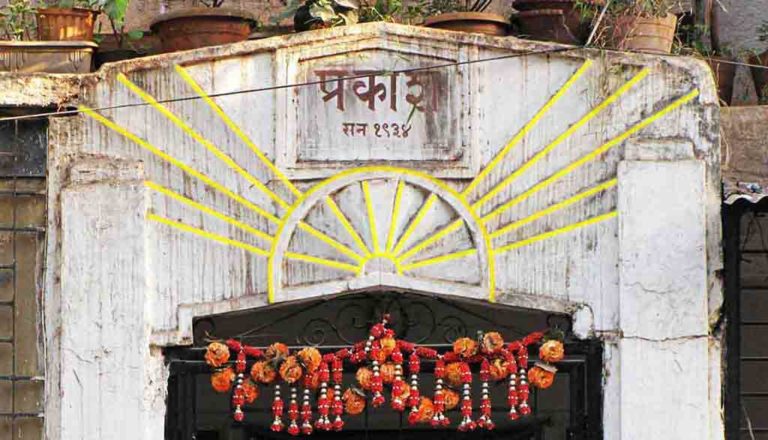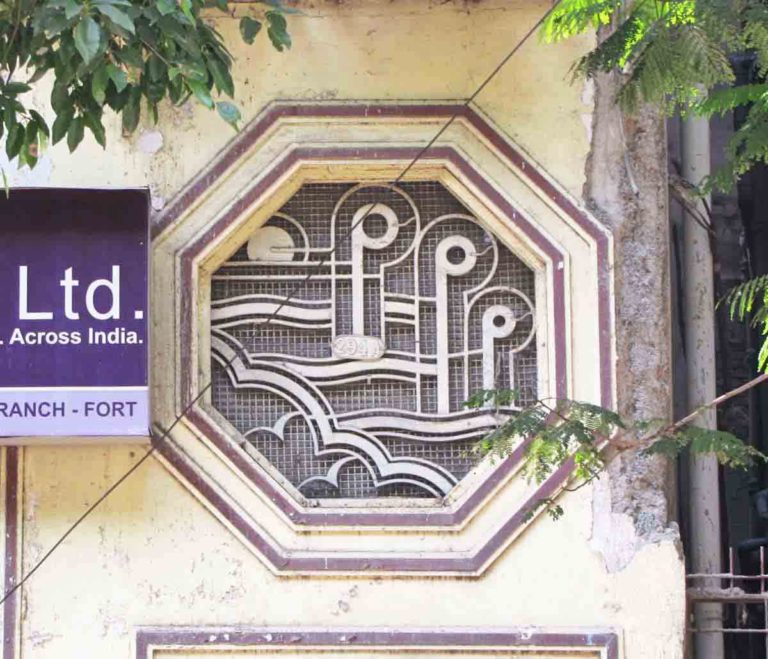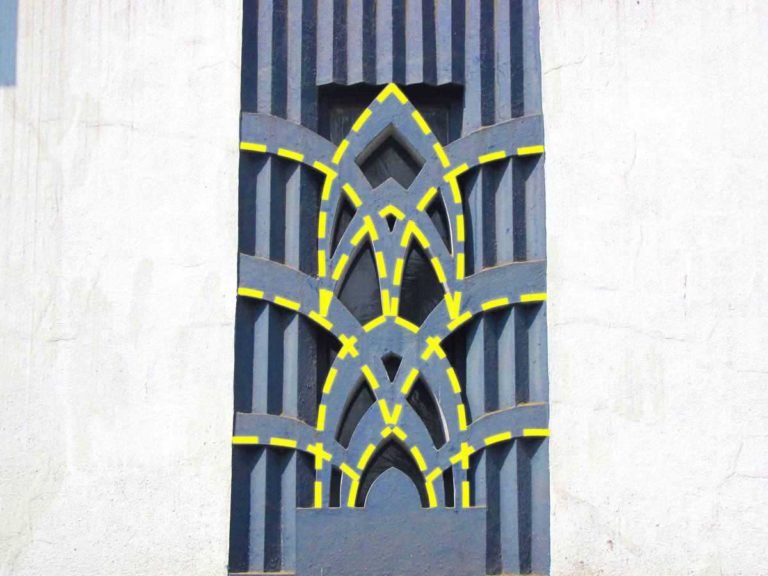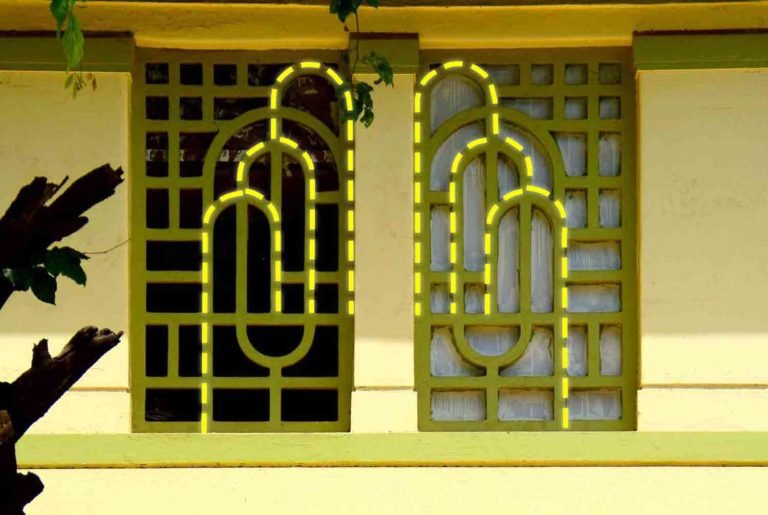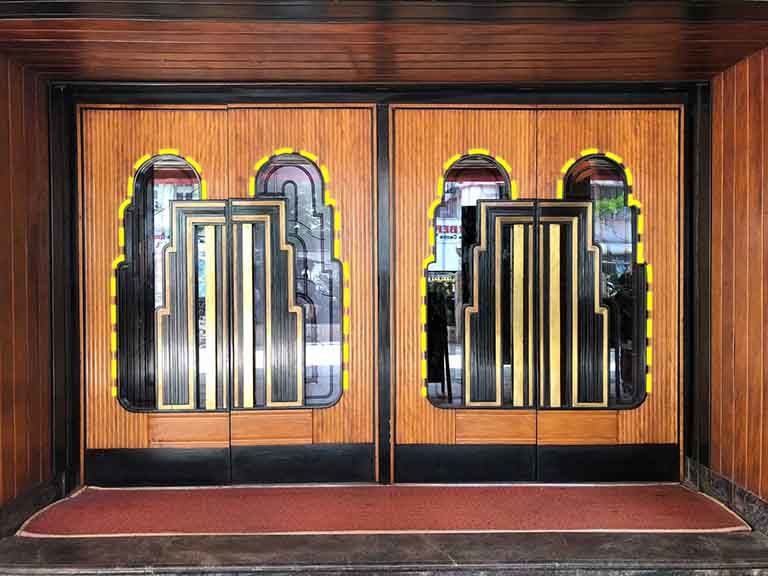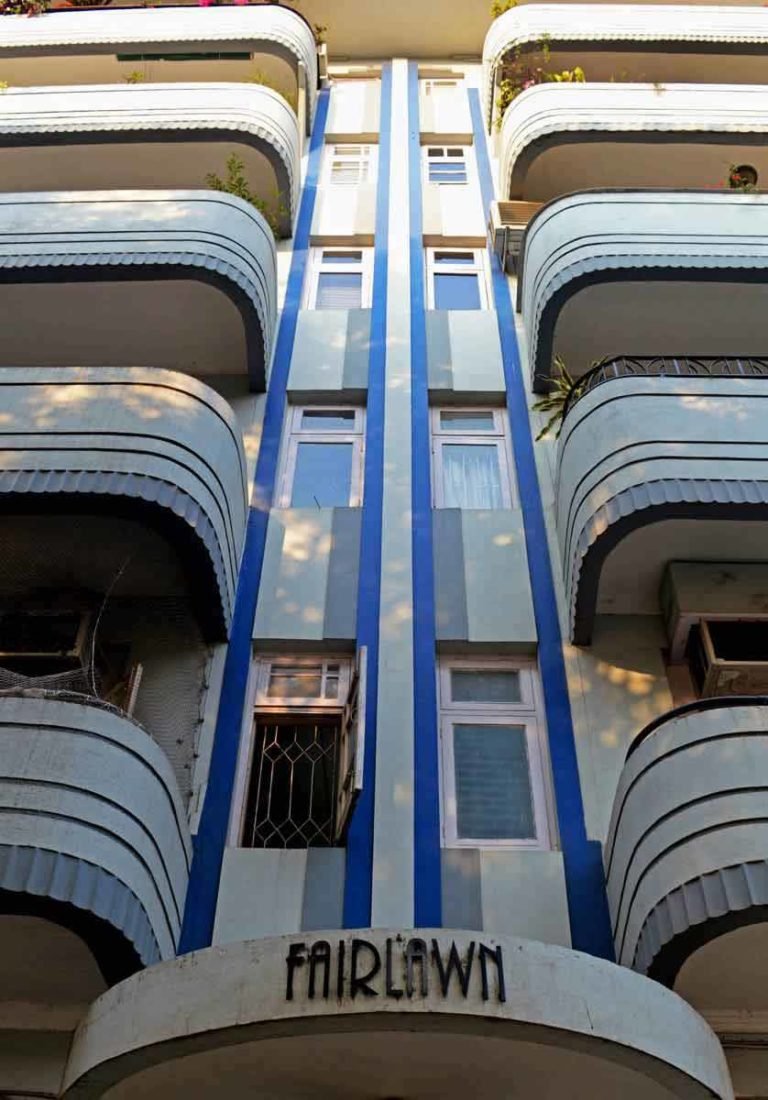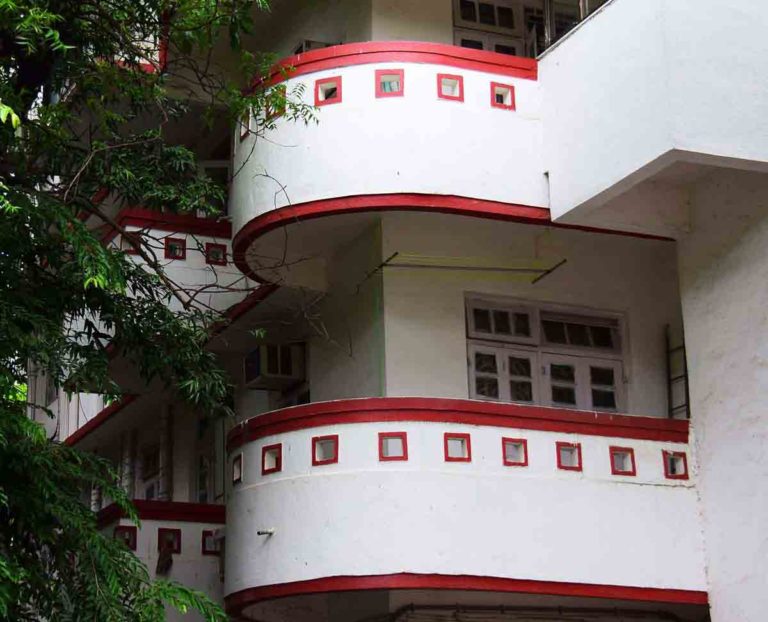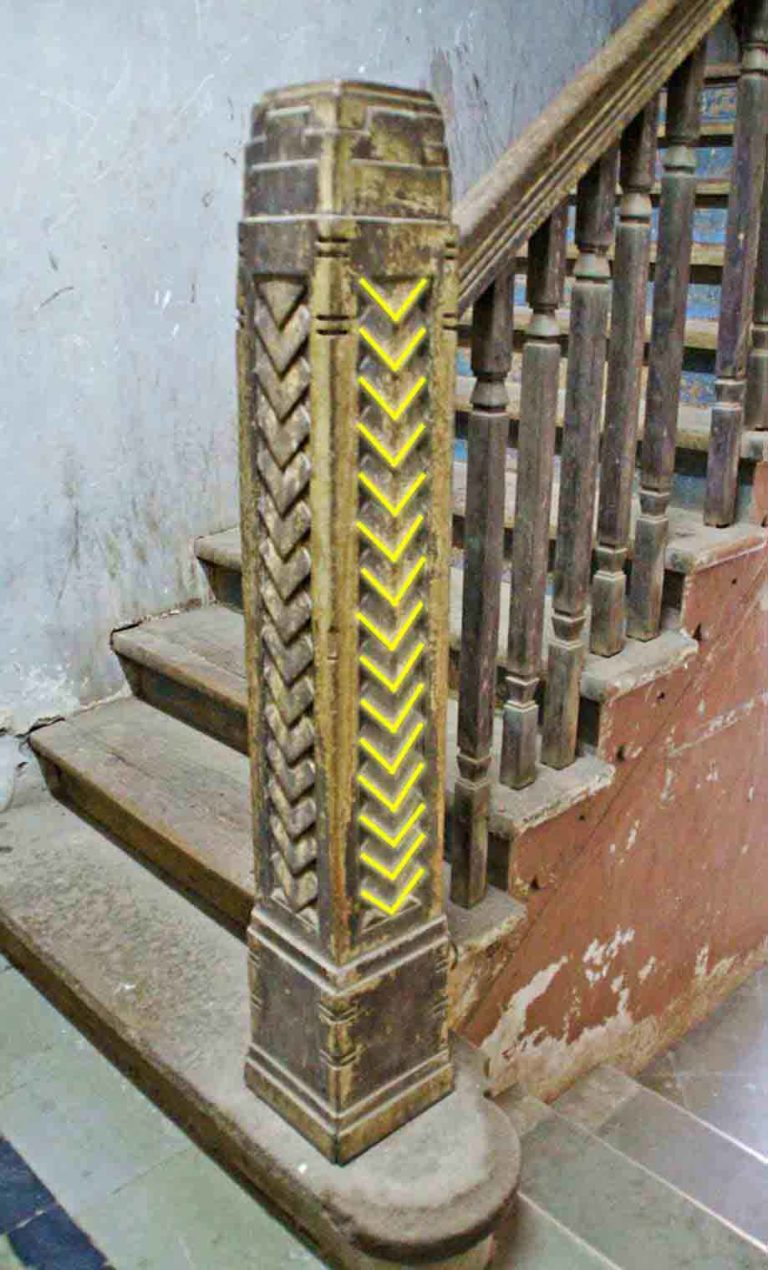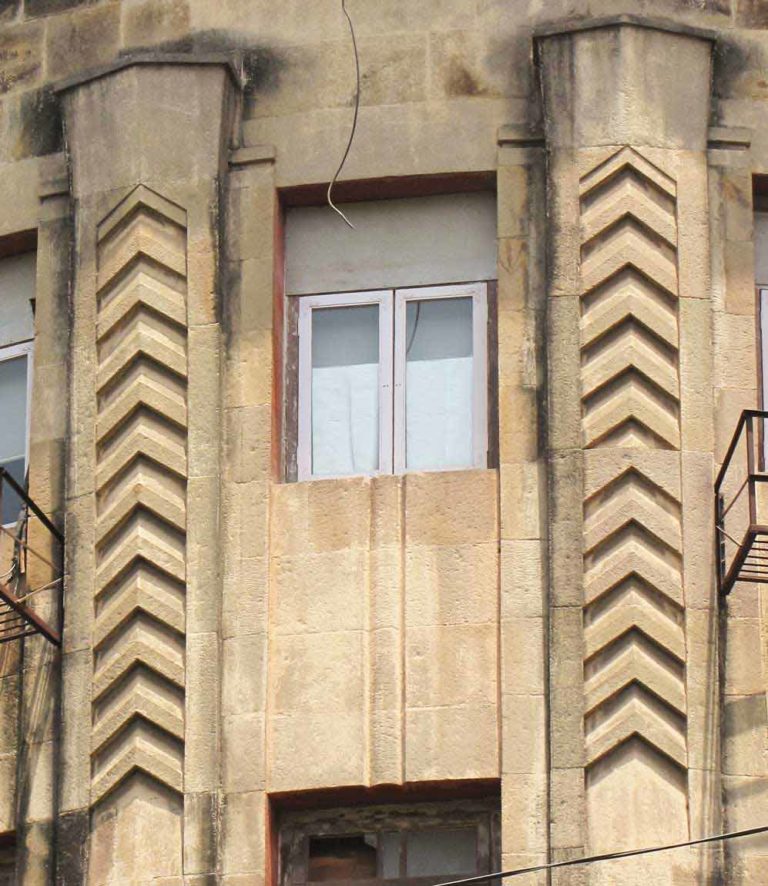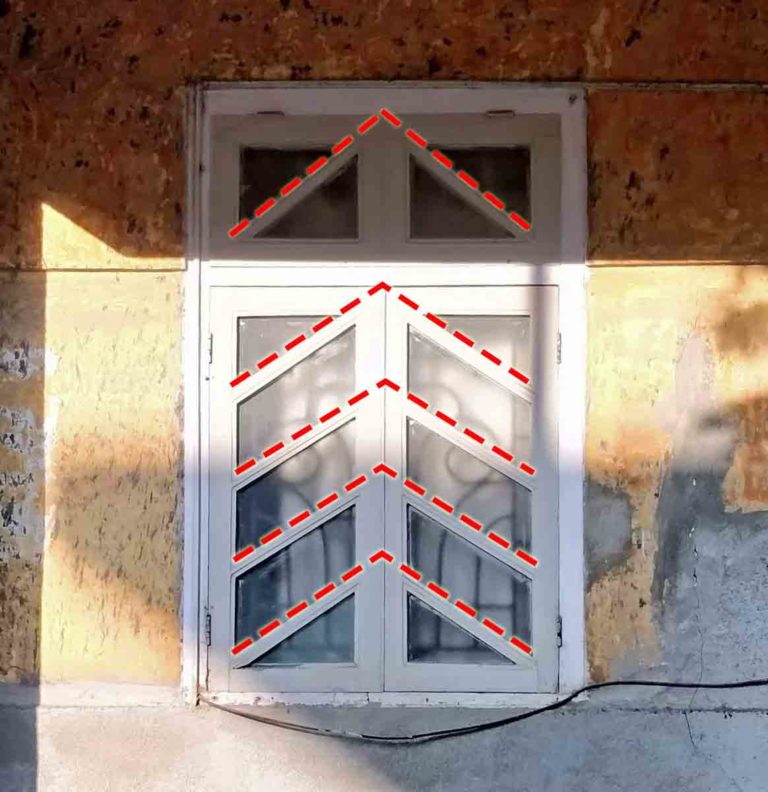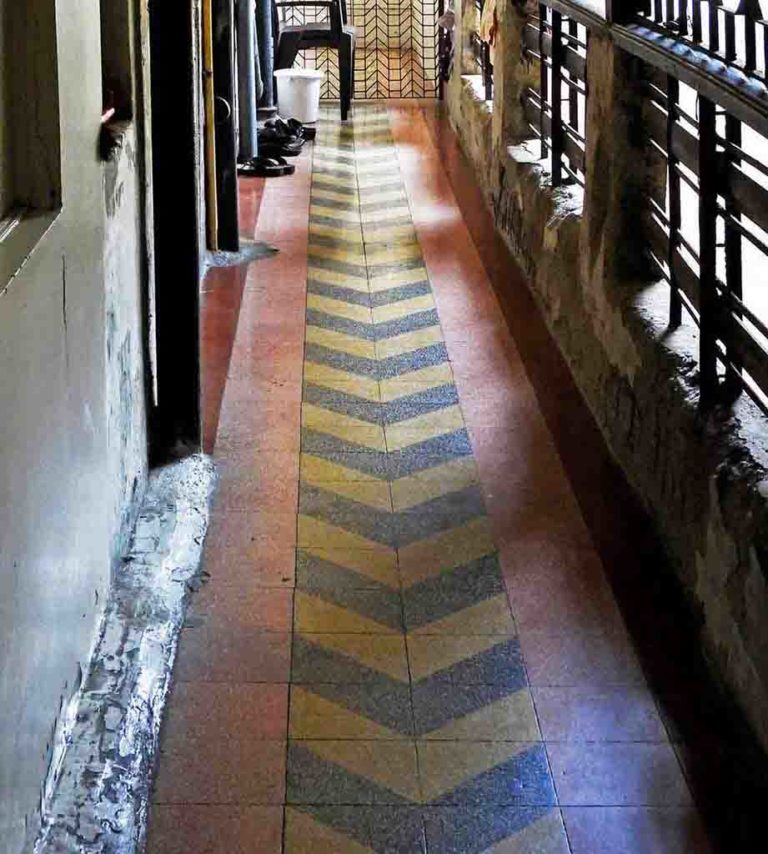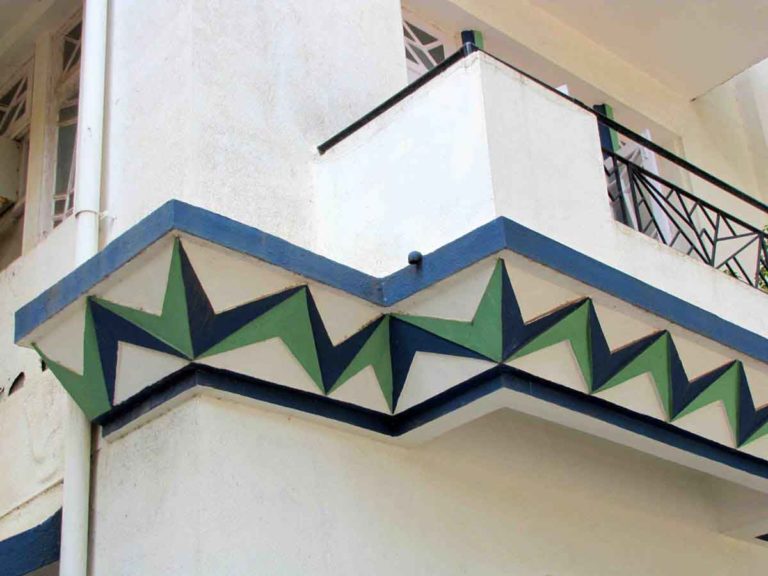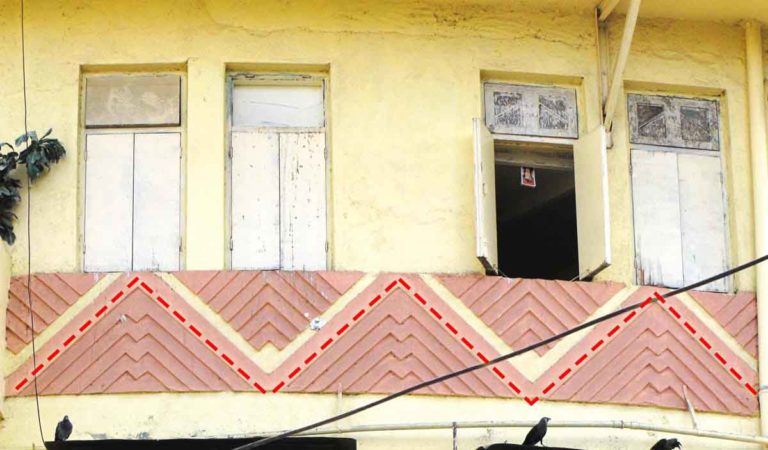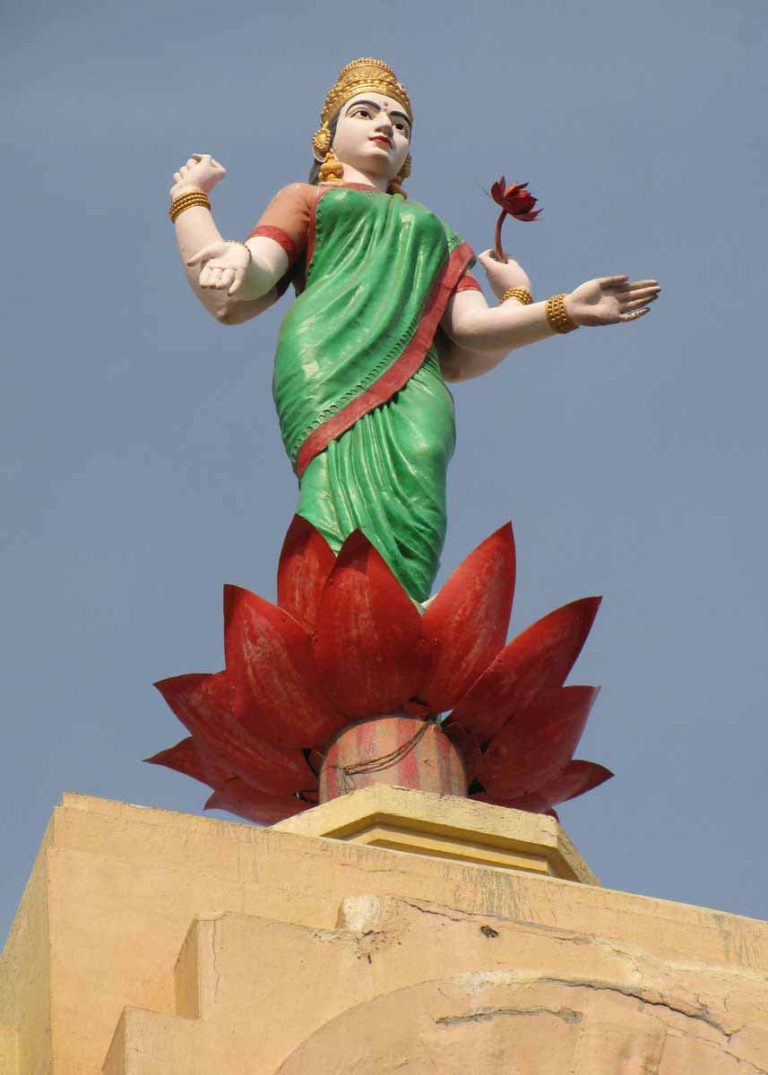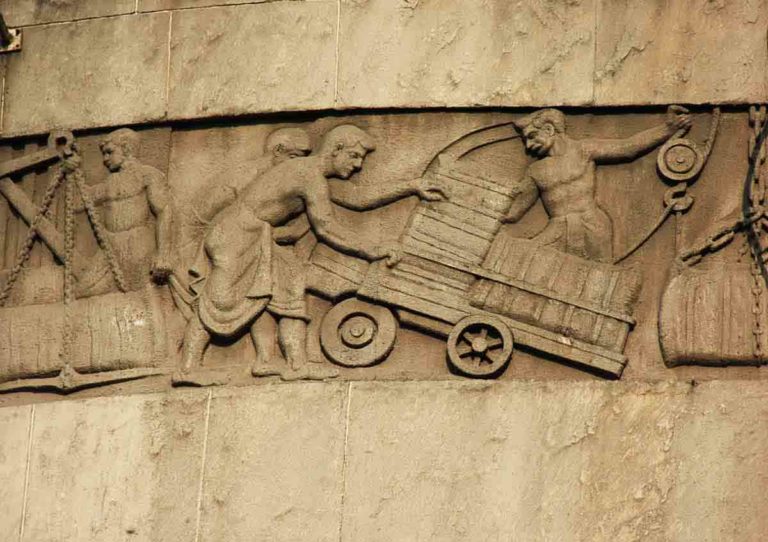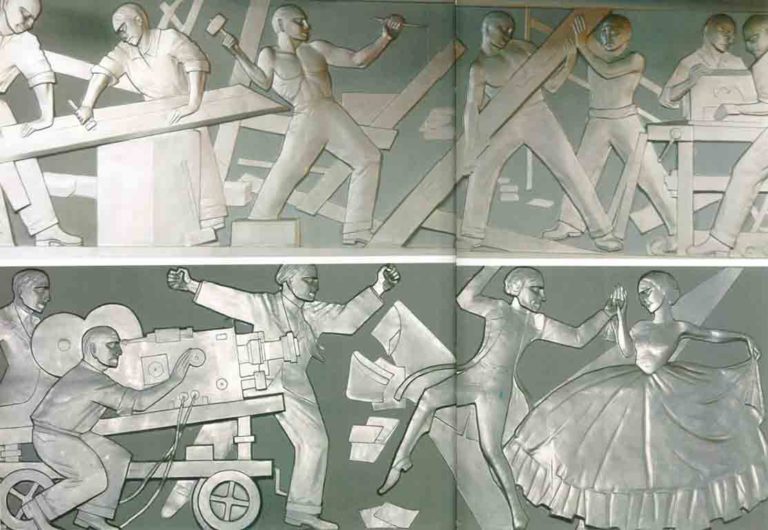Art Deco arrived in Bombay in the 1930’s, at a time when the movement was gaining international popularity, especially as an Architectural style. The 1930’s also marked an unprecedented building boom in the city brought about by a high demand for housing. Buildings across neighbourhoods were built in the popular Art Deco style, making Bombay host to one of the largest collections of Deco buildings in the world. While apartment buildings form a majority of the city’s Deco, the style also found expression in cinema theatres, bungalows, schools, hospitals, clubs, hotels and commercial buildings. Many of these buildings survive today, hiding in plain sight among modern high-rises that now dominate the urban landscape.
The Art Deco style is expressed through various characteristics – through building form, its elements, and ornamental features. In addition to internationally identifiable Deco characteristics, Bombay’s Art Deco draws heavily from the city’s identity as a tropical port city, with nautical and tropical imagery often incorporated in architectural elements and ornamentation. Climate responsive elements like balconies, eyebrows and grilles are also quintessential to Bombay’s Deco aesthetic.
Here is a primer to help you identify Art Deco in the city based on Form, Elements and Features.
FORM
1.1 – Stepped Profile / Ziggurat
Ziggurats are stepped pyramids with receding storeys, similar to a tiered cake and were originally built in ancient Mesopotamia. Influence of this stepped form of ziggurats is visible in the massing and/or facade profile of buildings. It can also be noticed on ornamentation details such as bas reliefs, wall cladding and grillework.
1.2 – Streamlining
Elongated forms, curved contours and stripes known as “speed lines” on symmetrical building facades reflect the Deco era’s infatuation with speed. These were inspired by aerodynamic innovations in locomotive design, especially that of aeroplanes, automobiles and ocean liners.
ELEMENTS
2.1 – Balconies
Balconies are semi-open spaces in apartments where one can enjoy cool breeze & city views over a cup of tea. They may be projecting or recessed from the facade of the building and appear in a variety of shapes and forms, curvilinear, rectilinear or mimicking the design of streamlined locomotives. They are often designed with metal or concrete grilles or ship-deck style railings.
2.2 Eyebrows
Eyebrows are cantilevered projections above windows and balconies that act as weather shades. These projections, colloquially known as ‘chajjas,’ vary in shape and may be rectilinear, curved, or angular, or may be continuous eyebrows that extend continuously along the building line, emphasising horizontality in the building’s design. They are often painted in a dark contrasting colour along their edges.
2.3 Compound walls
A compound wall demarcates a building’s property line. Typically, they are low-height walls with metal or concrete grilles, a quality that allows light and air to ground floor apartments.
2.4 Grilles
Ornate grillework with geometric or tropical inspired designs is often visible on balconies, windows, stairwells, gates & outdoor lamps, typically made of metal, concrete or wood.
2.5 Architectural Lettering
Building nameplates are expressed in a riot of artistic fonts embodying the streamlined, flamboyant and geometric characteristics evident in Art Deco buildings. They are often seen on flooring or facades around the entrance of buildings. They are commonly made of stucco, wood, metal or stone.
FEATURES
3.1 – Symbolic Features
Features like porthole windows, frozen fountains, sunburst rays, sea waves and tropical trees can easily be noticed as symbolic decorations on Art Deco buildings. These ornate details draw inspiration from nature in the tropics and Mumbai’s identity as a port city to add a local flavour and identity.
3.1.a) Nautical features: Luxurious ocean liners of the Deco era inspired the architectural design of buildings, complementing Bombay’s identity as a port city. Features such as porthole windows, ship deck railings and observatory towers are common nautical features that can be spotted.
3.1.b) Tropical imagery: Drawing inspiration from Bombay’s tropical vegetation and proximity to the sea, tropical imagery is commonly found in the facade ornamentation of Deco buildings in the city. Stylised imagery of sea waves, sunburst rays, clouds, the moon, tropical flora and fauna appear in bas reliefs, grilles, railings and glass panels.
3.1.c) Frozen Fountain: The frozen fountain, a historical symbol of eternal life, was re-popularized in the early 20th century by the French glass designer René Lalique. The motif is prevalent as a decorative feature in building facades, metal grilles, concrete grilles and glass panels.
3.2 – Geometric Patterns
Impressions in the form of bands, chevrons, stripes, zig-zags, square and oblong shapes transform these simply constructed buildings into flamboyant edifices. These bands and patterns, mostly painted in contrasting colours transform buildings into works of art.
3.2.a) Bands/Banding: Building facades display horizontal or vertical bands painted in contrasting colours, accentuating height or horizontality. Bands may be incised into the facade or have moulded geometric frieze patterns.
3.2.b) Chevrons: The repetitive V-shaped pattern often makes an appearance as ornamentation on the facades of Deco buildings, or in metal grille designs, emphasizing directionality. The pictures below show you how the pattern has been used in interiors and exteriors in wood, stone, and concrete tiling.
3.2.c) Zigzags: Zigzags are patterns of jagged lines and appear as decorative motifs on building facades, in the form of bas reliefs and deco banding.
3.3 Figurative Ornaments
Relief work depicting emotions and occupations such as tragedy, comedy, farmers, labourers, and filmmakers are visible on numerous Art Deco buildings open to the public. These carved decorations use stone or plaster and are angular in design. They reflect cultural practices of the region.
(Originally published in June 2017. Revised May 2020)

